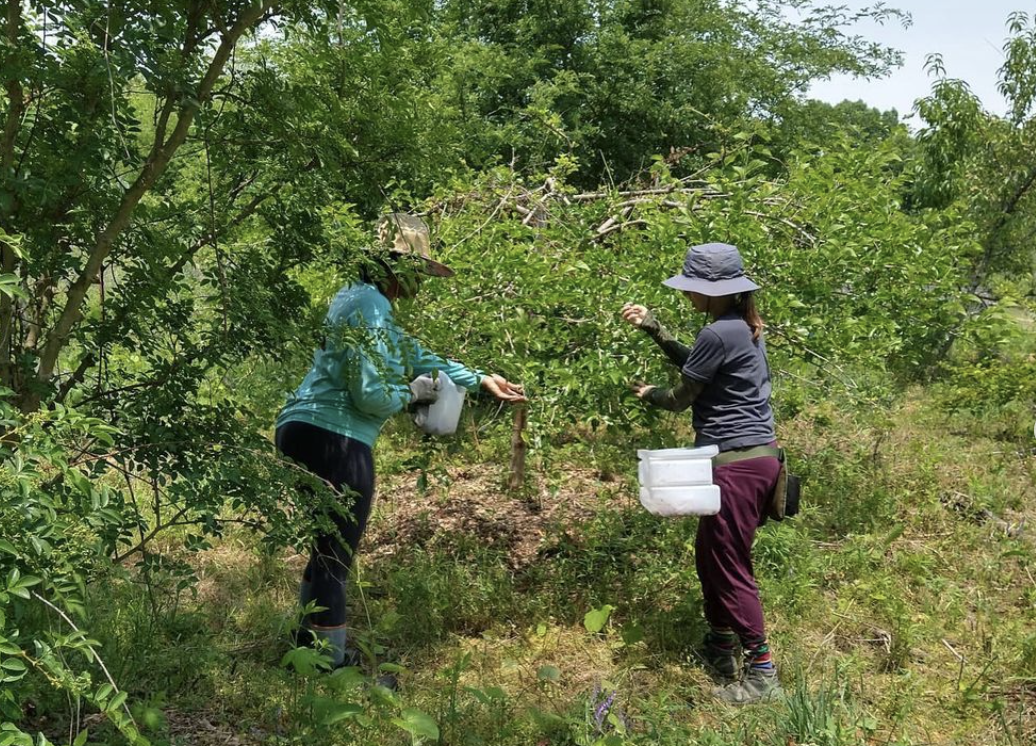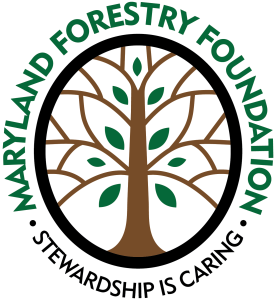
Imagine being able to grow and harvest your own food, but only having to use a fraction of the resources and maintenance required in conventional farming, as nature does the heavy lifting.
I recently visited Forested, a local food forest located in Bowie, MD and it was a fascinating and eye-opening experience. Situated in the heart of the largest populated suburban city in Prince George’s County, Forested’s food forest lies hidden in a green oasis of trees. After turning down an unpaved and unassuming road, you turn onto the Forested property, where you can’t help but notice the stark contrast between the forest and the surrounding community. The front of the property resembles more of a small community garden, however as you move farther into the property, the landscape transitions into a thriving forest, with a pathway where you can cut through the woods. At first glance it looks like a regular forest, but a closer look reveals various berry bushes and fruiting trees lining the path. Each plant was strategically placed in an area to maximize its growth, but also to serve an important mutualistic and symbiotic relationship with the surrounding greenery. I was amazed to witness the bountiful yield of mulberries that practically seemed to fall right off the tree, filling up multiple baskets. What was shocking to hear, however, was that none of these plants required continuous watering, use of pesticides, or even fertilizer, since the healthy forest structure itself was sufficient enough to nurture their growth.
Later, the Forested crew prepared meals using ingredients sourced from the property to produce innovative, delicious, and nutritious food. For instance, they harvested acorns from the oak trees to produce flour to make pasta and mushrooms to make a hearty and flavorful sauce. All supplemental ingredients were harvested locally, however the vast majority were produced right on their property. A true farm to plate experience.
While the feasibility of expanding food forests far enough to meet the demands of our growing society is slim, it was refreshing to see a different way of growing and cultivating our food, in a truly sustainable way. Many lessons and insights can be drawn from this model and finding ways to incorporate these permaculture methods throughout our built environment to make them accessible to the wider community could one day dramatically help to improve our health, well-being, and the environment.
Reference – Blog 3
Forested. (n.d.). Forested. https://www.forested.us/
